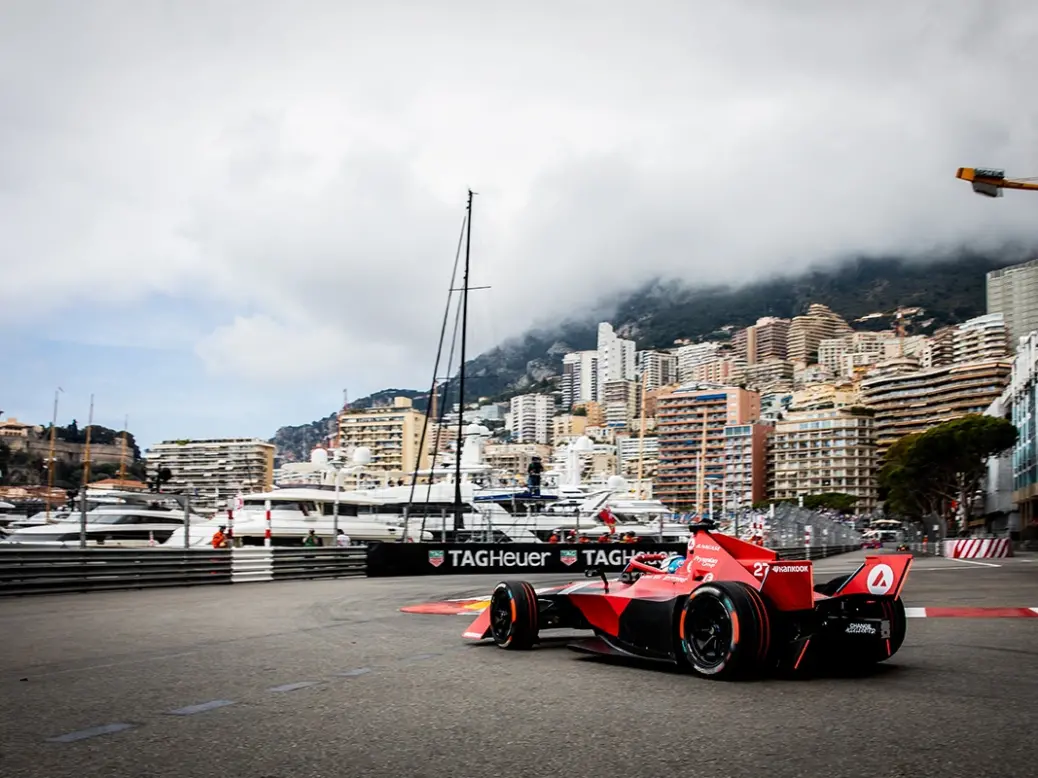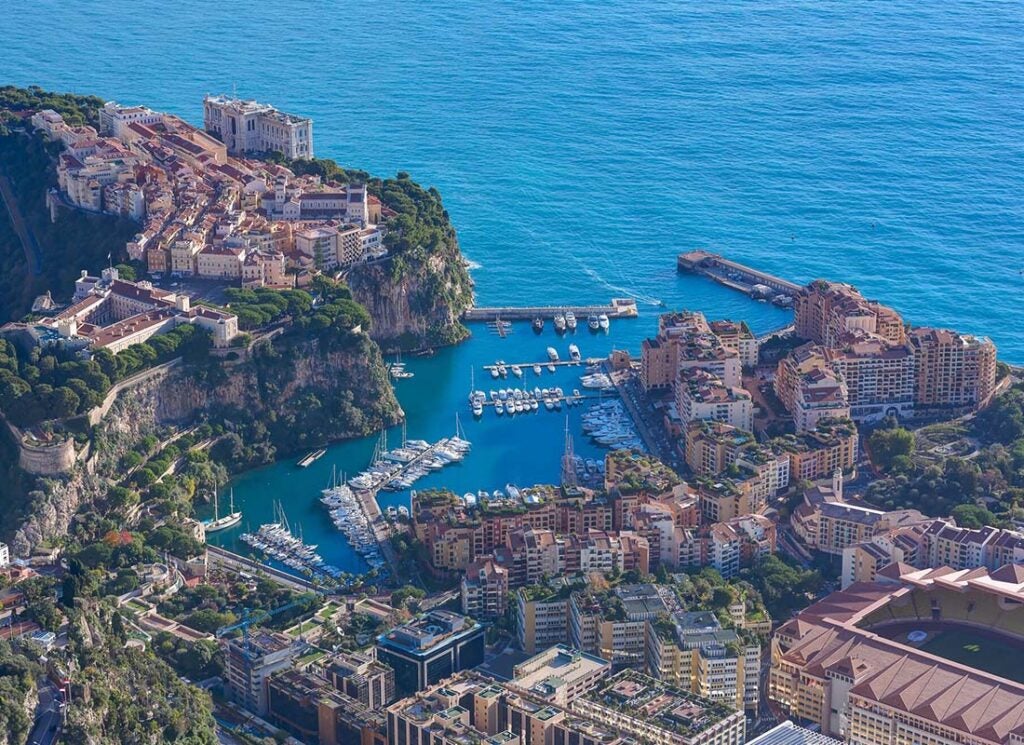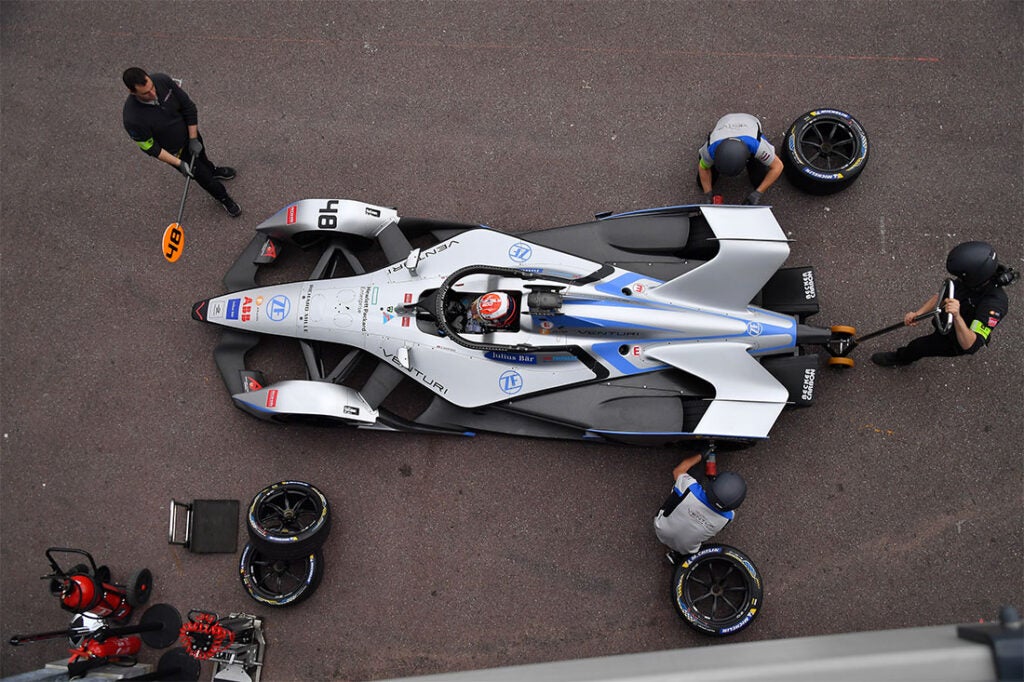
A lot of places think of themselves as a favoured destination for the world’s super-rich. Yet Monaco, the most seasoned veteran of this game, has a particularly visible metric to reinforce that image. From the balcony of the Hôtel Hermitage, I can count them: the gleaming towers that are home to brand-new apartments. Elsewhere, they’d be just another property development. But here each one is the physical embodiment of a coveted Monaco residency – literally.
[See also: Where are the new non-dom hubs? Advisers reveal leading destinations after Labour win]
Monaco’s rulers have long made property a condition of residency, meaning that anyone seeking those famous tax perks needs to find somewhere to live first. As the principality boomed, so did the tower blocks. Then came a problem: Monaco ran out of suitable land on which to build them.
For much of the past decade, developers have been working on a solution: using train-sized concrete pipes filled with 750,000 tonnes of sand to reclaim land from the sea and thereby create 14 acres of new territory for the 0.78 square mile principality (a 3 per cent increase). On top of this new land, known as Mareterra, sit 130 new apartments and 10 villas. They went on the market in 2019 and had been almost entirely snapped up within three years.
A ‘destination with values’

This being Monaco, the identities of the buyers may as well be a state secret. But the developer, SAM L’Anse du Portier (founded by a consortium of Monégasque families), is happy to shout about one aspect of the scheme: its apparent environmental credentials. Rather than prices and square footage, its marketing materials trumpet the scheme’s use of geothermal heating, solar panels and renewable energy.
[See also: The best property advisers in France and Monaco 2024]
Such proclamations are as fashionable here as they are across much of Western Europe. Monaco’s ruler, Prince Albert II, has committed the country to slashing its carbon emissions by 80 per cent by 2050, as well as improving air quality and protecting bio-diversity. What Somerset Maugham called ‘a sunny place for shady people’ is now being sold, at least in its own communications, as a ‘destination with values’.
Green pledges are good news. But walking around the Port Hercule marina, I can’t help but ponder how they tally with ownership of the superyachts moored here. Some sleuthing reveals that one of the largest vessels on show, the 63-metre Artisan, is owned by Todd Chaffee, a Minnesotan ‘tequila tycoon’. Like Prince Albert, he considers himself something of a greenie. In 2023 he told a yachting magazine that owning a plane had given him an extra imperative to support environmental causes. If he wants a local option, he’s in luck. Last year Prince Albert’s sustainability foundation launched its latest initiative: grants for researchers interested in reducing the energy intensity of superyachts.
Monaco ePrix

The reason I’ve come to town is also related to the principality’s green credentials: the Monaco ePrix. An example of what marketing executives politely call a challenger brand, the series of which the ePrix is part was launched ten years ago – as the championship Formula E – to provide an electric alternative to Formula One.
Formula E might be a minnow compared to the $6 billion goliath of motorsport. But in Monaco it has one point of parity in that it uses the same iconic circuit. As we watch the qualifying laps from the deck of a chartered yacht, its chief executive, Jeff Dodds, takes a potshot at his established rival. For all its rich history, he says, F1’s Monaco Grand Prix has become more of a ‘procession’ rather than a race, given that in a modern F1 car it’s nearly impossible to overtake in the winding streets. Last year, he boasts, Formula E clocked up 116 overtakes, compared to 22 for F1.
[See also: Monaco Yacht Show: Meet SP80, the boat set to break the world sailing speed record]
Grumbles about the predictability of F1 are routine among motorsport fans. But can Formula E muster a fraction of the glamour that accompanies the typical grand prix? The prince has lent his support, but Casino Square isn’t exactly teeming with revellers over the weekend. Still, for those lucky enough to live here, the ePrix adds another fixture to the social calendar. Monégasque law requires that residents spend at least three months here each year – something that can be scrutinised by authorities before renewing residency.
At least there’s more to do these days. While the Opéra de Monte-Carlo may still rule the roost culture-wise, the principality has been expanding its cultural offerings. This autumn, the Grimaldi Forum, a large (at least for Monaco) exhibition centre, will host pop star Sam Smith and jukebox musical Mamma Mia!, among other shows.
Good news, then, for anyone looking to relocate: more places for you to live and more things to occupy your time. For a destination dependent on luring in the rich to keep the lights on, it meets one definition of sustainability. As for the one that Greta Thunberg prefers, the jury is still out.






